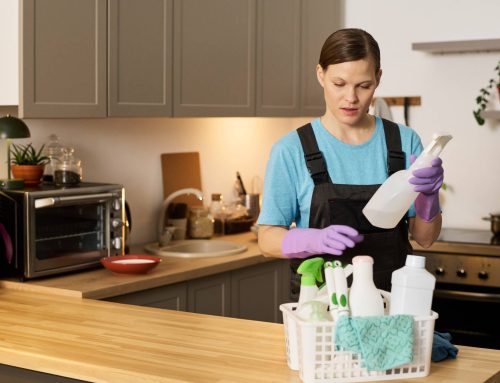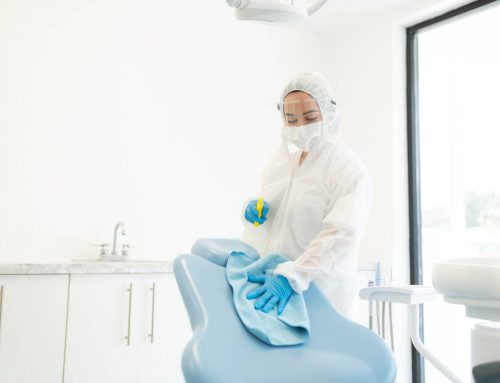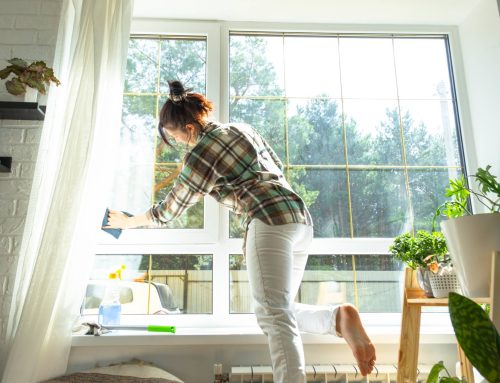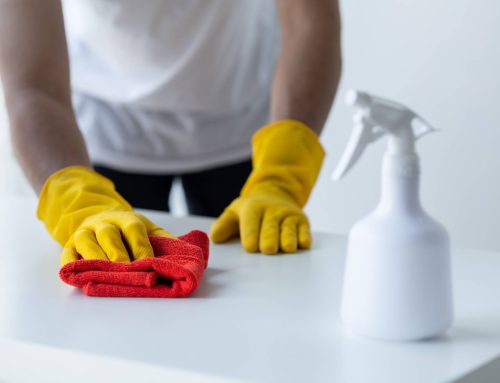Many of us associate the powerful scent of bleach or ammonia with a job well done—a disinfected, truly clean home. That sharp, chemical smell has become synonymous with cleanliness itself. But what are we actually breathing in when we fill our homes with these fumes? The surprising reality is that indoor air is often far more polluted than the air outside, and the conventional products we use to clean our homes are a major contributor to this pollution. The choice to use natural all-purpose cleaner degreasers and other green products is about more than just environmentalism. It is a direct investment in the health of a home’s air quality, its occupants, and even the efficiency of its mechanical systems—a truth any reputable HVAC company would confirm.
The Hidden Impact of Traditional Cleaners: What’s Lingering in Your Air?
Many conventional cleaning products contain chemicals known as Volatile Organic Compounds, or VOCs. In simple terms, VOCs are chemicals that easily turn into gas at room temperature. When a cleaner with these compounds is sprayed, it releases VOCs into the air. Common culprits in household cleaners include ammonia, chlorine, phthalates, and formaldehyde. These chemicals do not simply disappear when a surface is wiped clean. They linger in the air for hours or even days. This creates a low-level chemical fog throughout the home, which is then continuously inhaled.
This constant exposure to airborne chemicals can have a range of health implications. Short-term effects can include headaches, dizziness, nausea, and irritation of the eyes, nose, and throat. For individuals with asthma or allergies, these chemical irritants can trigger flare-ups and worsen respiratory symptoms. Over the long term, prolonged exposure to certain VOCs has also been linked to more serious health concerns. Ironically, the very products used to create a clean environment can compromise its healthfulness. They do this by filling it with invisible, airborne pollutants.
Your HVAC System: The Lungs of Your Home
Eco-friendly cleaning products are defined by what they lack. They are typically made from plant-derived, biodegradable ingredients. They are free from the harsh chemicals found in conventional cleaners, like chlorine, ammonia, and phosphates. Any scents they have usually come from natural essential oils, not synthetic fragrances. Synthetic fragrances are a major source of VOCs. Because these products do not contain volatile chemicals, they do not release a cloud of irritants into the air. This provides an immediate, noticeable improvement in indoor air quality. It leaves behind a genuinely clean space without the harsh chemical odour.
This commitment to a chemical-free home directly supports the respiratory health of everyone inside. For individuals with asthma, allergies, or chemical sensitivities, making the switch can lead to a dramatic reduction in symptoms and a more comfortable living environment. It is also a healthier choice for children and pets, who spend more time on or near freshly cleaned floors and are more vulnerable to the effects of airborne chemicals. Furthermore, many natural ingredients, like vinegar and tea tree oil, are effective at combating common household issues like mould and mildew without introducing toxic fumes, cleaning the home and the air simultaneously.
Making the Switch: Simple Steps to a Healthier Home
Transitioning to a healthier cleaning routine does not have to be an overwhelming or expensive process. The first step is to become a more conscious consumer by reading the ingredients list on the back of products, not just the marketing claims on the front. It is best to avoid products with vague terms like “fragrance” and instead look for those that clearly list their plant-based ingredients. For an easier choice, look for reputable third-party certifications like ECOLOGO or Green Seal, which verify that a product has met strict environmental and health standards.
For those who enjoy a DIY approach, some of the most effective and eco-friendly cleaners can be made at home with simple ingredients. A fantastic all-purpose cleaner can be made by mixing equal parts water and white vinegar in a spray bottle with a few drops of a preferred essential oil, like lemon or lavender. A gradual approach often works best; there is no need to throw everything out at once. When you decide it’s time to switch to natural cleaning products, simply start by replacing one product, like your all-purpose spray or glass cleaner, and continue to swap out others as they run out.
Clean Your Home, Not Your Air
The cleaning products used in a home directly impact indoor air quality. Conventional cleaners pollute the air with a cocktail of chemicals. The home’s HVAC system then circulates these pollutants into every room. Switching to eco-friendly alternatives is a simple, proactive step. It effectively cleans the home while protecting the air from chemical contamination. This single change supports the family’s respiratory health. It also reduces exposure to harmful substances and helps maintain a more efficient HVAC system. This is a clear and powerful way to create a truly clean, healthy, and safe home environment.




